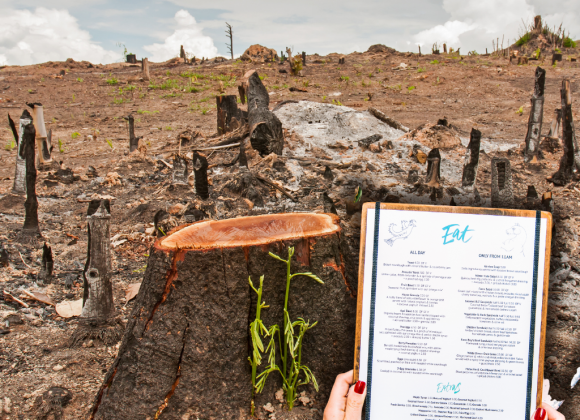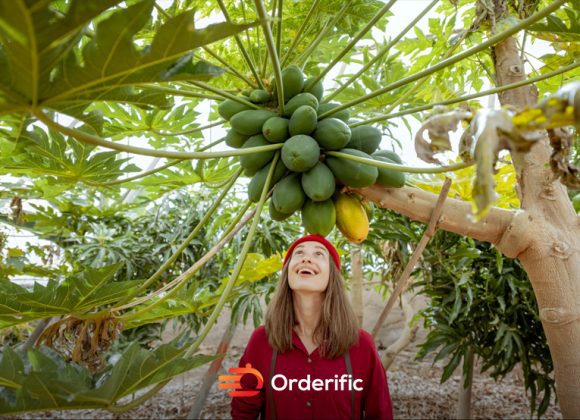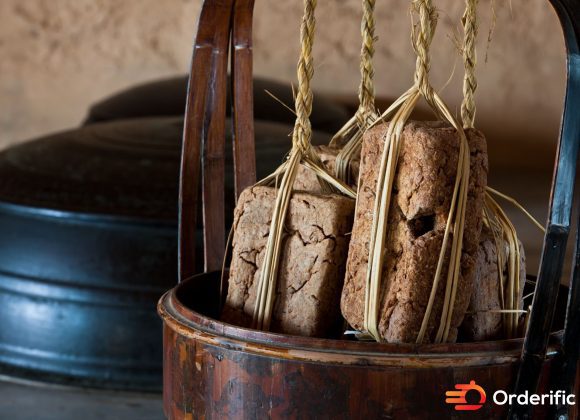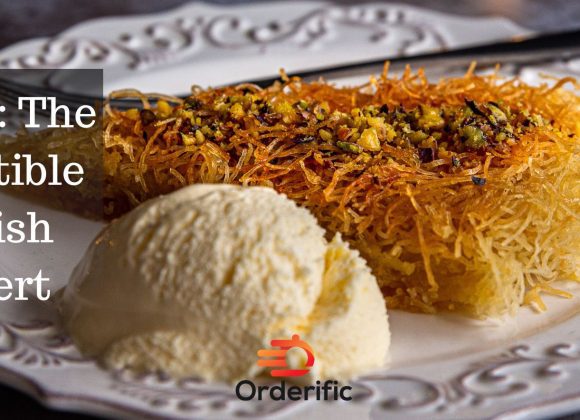Few things in Mexican cuisine and spirits are as iconic and captivating as the revered Agave Azul. This extraordinary plant is scientifically known as Agave tequilana Weber azul. It holds a special place in the hearts of Mexicans and tequila enthusiasts worldwide.
Its journey from a humble winter park succulent to the soul of tequila is a tale of tradition, craftsmanship, and centuries of cultural significance and information.
Buckle up as we embark to unravel the secrets of Villa Agave Azul and its role in creating the delightful spirit of tequila.
Where Are Agave Azul Seeds?
Agave Azul cocina mexicana is not your average plant. It thrives in the highlands of the Mexican state of Jalisco. You can find it around the charming town of Tequila and the surrounding area. The agave fields here boast volcanic soil and high altitudes. So, Agave Azul can flourish and bestow its unique attributes upon the tequila-making process.
The region’s picturesque landscapes are adorned with these majestic agave plants, instilling a sense of awe and reverence among locals and tourists alike.
Monoculture and Tequila Production
Tequila, the cherished spirit distilled from the heart of Agave Azul, is the product of an intricate service and time-honored process. The history of agave cultivation is diverse, where various agave plants thrived harmoniously in agricultural fields. However, as tequila’s global popularity surged, modern production methods leaned towards monoculture. However, the predominant focus is on cultivating Blue Weber Agave characterized by a deep blue color.
This shift to monoculture, while streamlining production, raised concerns about the sustainability of agave cultivation. The lengthy maturation period of agave plants – often seven years – means that meeting the soaring demand for tequila has become challenging, along with its availability . As a result, the agave industry seeks to strike a balance between satisfying the world’s thirst for larger groups of tequila flavors and preserving the ecosystem that nurtures Agave Azul.
The Need for More Agave Azul
In the heart of Mexico’s tequila-producing region,breathtaking views of agave fields are a vital source of economic sustenance and cultural heritage. However, the burgeoning demand for tequila, especially in the United States has led to a surge in the need for more Agave Azul. This insatiable desire has raised concerns about the potential depletion of agave reserves space and its ecological impact.
The sustainability of agave cultivation is at the forefront of discussions among industry experts and environmentalists. They are constantly exploring innovative ways to ensure a steady supply of Agave Azul without compromising the plant’s natural habitat. From promoting ethical agricultural practices to enhancing genetic diversity, initiatives are underway to safeguard the future of this treasured succulent.
Tequila Booms, Busts, and Blights
The history of tequila production is an enchanting tale of booms and busts, marked by economic highs and lows, changing consumer preferences, and the occasional natural disaster. One of the most formidable challenges agave growers face is the threat of disease outbreaks, particularly the infamous agave snout weevil. This destructive pest poses a significant threat to agave crops, devastatingly impacting tequila production.
To counter the challenges posed by pests and diseases, researchers and farmers work tirelessly to identify sustainable and organic methods to protect agave plants. By adopting integrated pest management techniques, they aim to balance safeguarding agave fields and producing tequila responsibly.
Two Reasons Why Growing Agave Azul From Seed Is Important
In pursuing sustainability, some experts advocate for growing agave from seeds instead of relying solely on clonal propagation. There are two compelling reasons why growing Agave Azul from seed is vital for the future of tequila production and the preservation of agave heritage.
Genetic Diversity
Growing Agave Azul from seed preserves and promotes genetic diversity within the agave population. Genetic variation is critical for the resilience of agave plants, making them more robust in the face of diseases, pests, and changing environmental conditions.
Sustainable Practices
Cultivating Agave Azul from seeds aligns with sustainable agricultural practices, contributing to a healthier ecosystem for agave cultivation. This method reduces the dependency on clonal propagation and fosters a more balanced and diverse agave habitat.
Conclusion
With a deep-rooted heritage and an essential role in tequila production, Agave Azul embodies vibrant Mexican culture and culinary traditions. As the global desire for tequila grows, sustainable agave cultivation takes on paramount significance.
From the agave fields of Jalisco to bars across the globe, let’s toast to the extraordinary Agave Azul’s timeless contribution to the realm of spirits.
In case you want more content like this, visit Orderific right now!
FAQ
A. What are the health benefits of Agave Azul?
It stands out due to its lower glycemic index than refined sugar. So, it offers a compelling choice for individuals seeking to regulate blood sugar levels.
B. Can Agave Azul be used in cooking?
Its pleasantly understated taste perfectly complements many dishes, be it luscious desserts, tantalizing marinades, or zesty salad dressings.
C. Where can I buy Agave Azul products?
Find Agave Azul products, like agave syrup or nectar in typical grocery stores, health food shops, and specialty markets.












